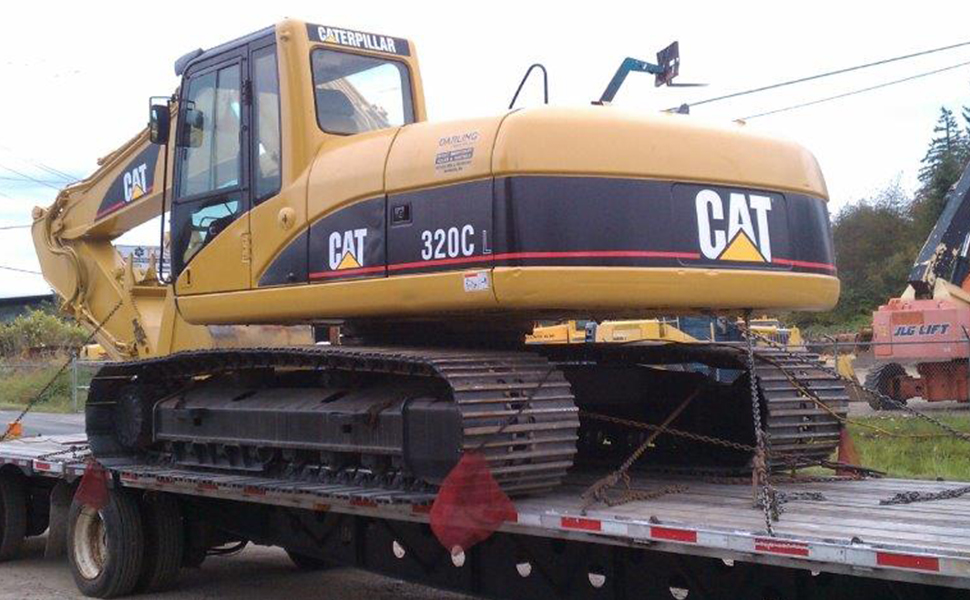There are certain key considerations for shipping heavy equipment. Each state in the U.S. has varied requirements for oversize shipments. Understanding these requirements for each state will help with safe and efficient hauling in a timely manner.
Listed below are the 5 key areas shippers must consider while preparing to transport or sell a wide or oversized load:
Table of Contents
1. Legal Restrictions for Flatbed Loads
Most of the experienced trucking companies would know about the legal limits for shipments. These are documented and consistent among states across the United States. Flatbed guide summaries the restrictions for all kinds of flatbed trailers.
2. Is your Load / Shipment Oversized?
What do you know about your load? Are you aware of the exact weight? Does it exceed the weight restrictions? Generally, these restrictions are applied on a per axle basis. In some cases, a shipment may not exceed the total weight limit.
However, it may surpass the limits of fixed per-axle. Under such conditions, adjusting the load may make the shipment legal. It will also eliminate any requirement for any special permits. Width is the most common measurement.
It can push a shipment into the “oversize” category. If the load exceeds a width of 8.5 feet, it is oversized. If a shipment exceeds a width of 12 feet, it may require additional pilot vehicles in the front and/or back of a flatbed truck. A flatbed driver must obtain the permits.
3. Rules for Travel Escorts
Did you know travel escorts (“pilot vehicles”) exceeding 12 feet width requires special permits in some states? Apart from paying up for variable per-mile, shippers must spend on hotels and other situations referred to as accessorials.
These may be a part of the costs incurred on overall freight. Travel escorts actually serve as a source of forewarning to flatbed drivers. They warn them against special conditions such as low wires, accidents, construction zones, traffic jams, low bridges, etc.
It is important to ensure careful and safe driving. They alert the public of the presence of an oversized vehicle on road.
4. What Affects Your Schedule?
There are rules to follow for hauling which vary from one state to another. Drivers must follow a cap of duration in most states for hauling oversized loads with travel escorts.
For instance, some states allow the load to be hauled on road between 30 minutes before sunrise and 30 minutes after sunset. The rule is applicable Monday through Friday. Another important rule is applicable to driving over holidays or weekends. Many states restrict or prohibit driving on these days.
Collaborating with an experienced heavy equipment transport company will help you to minimize the impact of these factors affecting shipment schedule.
5. The Need for Special Markings
It is crucial to know the exact meaning and need for special markings. This can be determined by knowing the exact size and type of heavy equipment to be shipped.
It lets you know about the need for lights or any flags on the trailer or tractor. Oversized loads usually need red flags and amber lights for better visibility to other traffic. Lights or flags may also be required by travel escorts convoying an oversize shipment.
In a Nutshell
Shipping of oversize loads can be a challenging task. However, under certain circumstances, it makes the most efficient way to get all of the goods from one point to the preferred destination.
There are several restrictions and laws one requires catering to for shipment of wide loads. Following the above-listed practices will help you to ensure that oversize loads you ship are legal and safe.
Alex is fascinated with “understanding” people. It’s actually what drives everything he does. He believes in a thoughtful exploration of how you shape your thoughts, experience of the world.

